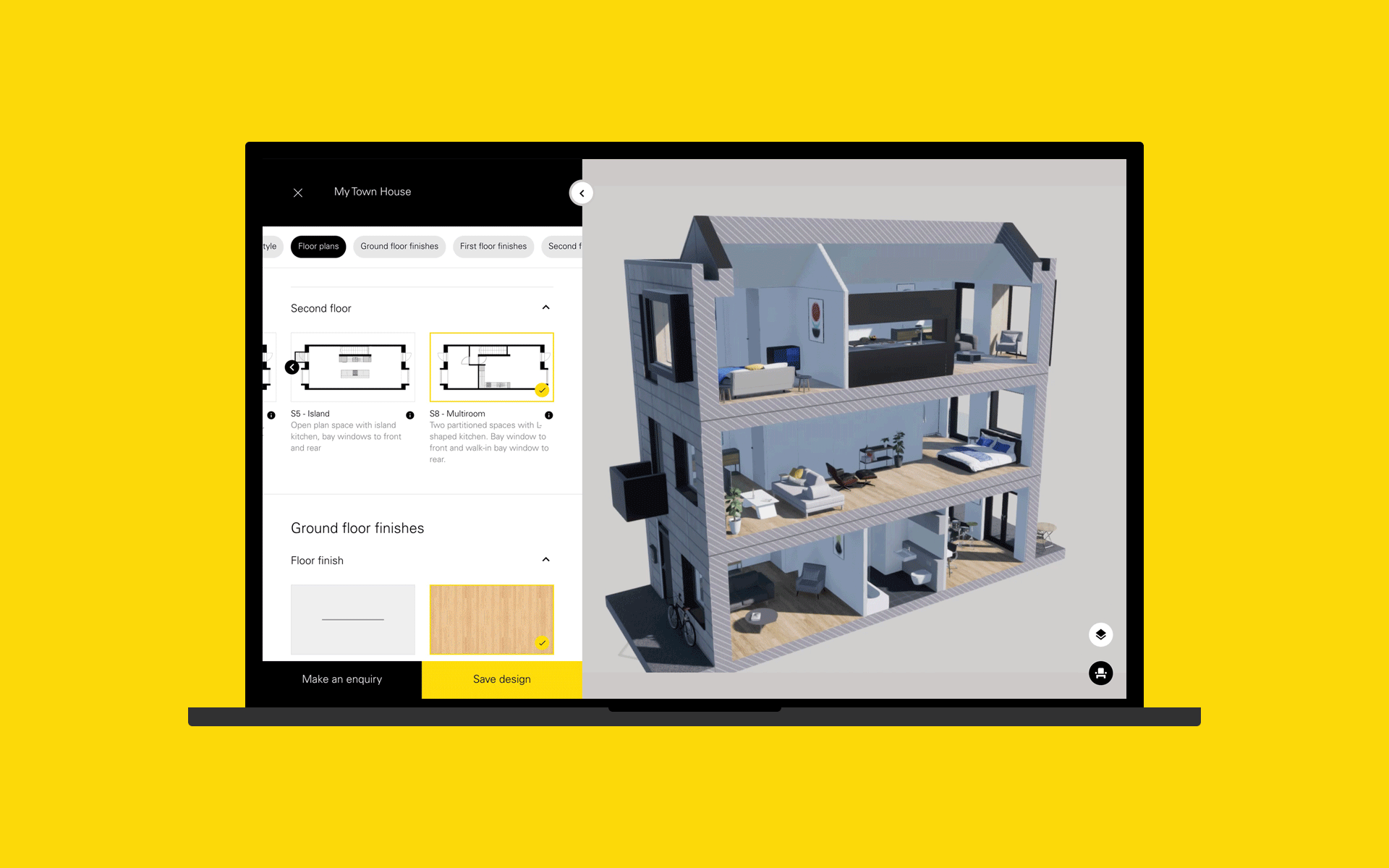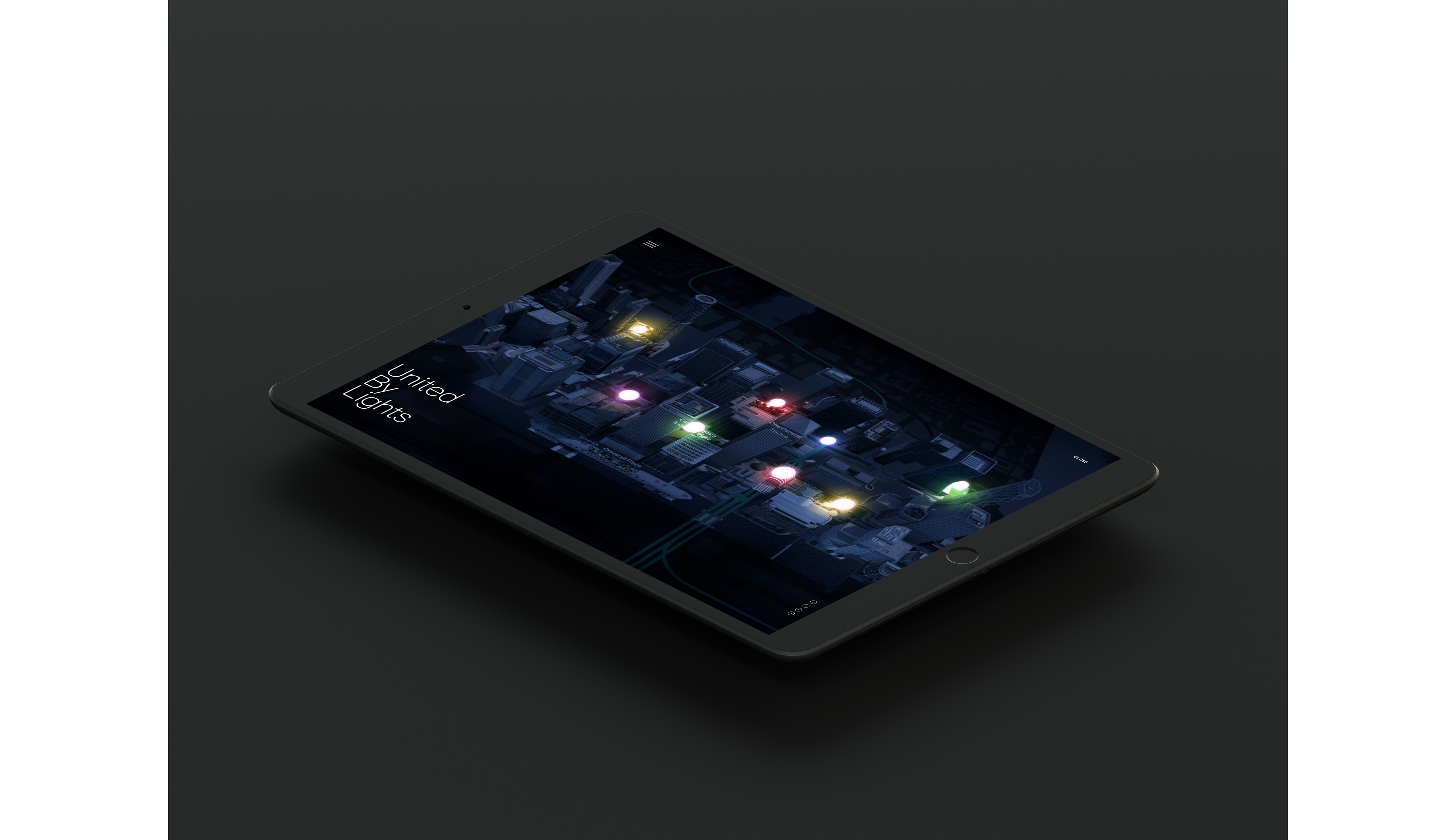Every building, every place has a story. Before there’s a spade in the ground or funding is secured, before the hoardings go up or the doors open, there’s always an idea. A flicker of possibility. And someone brave enough to pursue it.
We’ve worked with enough developers, architects and placemakers to know that progress is rarely straightforward. The path from idea to impact is long, winding, and often unpredictable. So, what helps people move forward? What gives structure to the chaos, and clarity to the complexity?
Our answer: the story.
Not in the superficial sense. Not spin. But the deeper kind – story as structure, as the signal, as the thread that ties everything together. And the earlier that it’s uncovered, the sooner you can unlock its power.
To bring this to life, we frame the development journey as a four-act story. One that reflects the rhythm of the process, and the emotional arc that runs through it.
Act I – Vision (The Set-Up)
Every story needs a strong beginning. This is where a bold idea takes shape. Where someone sees potential in a piece of land, a forgotten building or a gap in the skyline, and starts imagining what could be.
It’s also the moment where everything feels open and urgent. So many voices. So many possibilities. So much to prove.
Here, the challenge is focus, and bringing clarity to ambition. Like any great protagonist, as a developer it’s critical to set the tone. Establishing the world, defining the stakes, and giving us a reason to believe. Articulating not just what you want to build, but why people should care, how it is relevant and unique and why it matters.
This is the start of your brand story.
Act II – Approve (The Confrontation)
Then come the tests. Plans are challenged. Assumptions are questioned. Conversations get tough. This is the moment where vision meets resistance in planning policies, political pressures, public opinion. The hero has to adapt. Listen. Refine.
Here, storytelling becomes a tool for empathy and reassurance. It’s about creating understanding. Building trust. Staying true to the big idea while showing you can deliver, and that you’ve genuinely heard the concerns around you.
It’s not always the flashiest part of the story. But it’s often the most important.

Act III – Sell (The Rising Action)
Momentum builds. The idea is now tangible. CGIs, plans, prototypes, naming, brand. It’s time to bring people in. Find your allies. Prove the value. Create demand. This is the high-energy act. The going to market act. But it’s not just about making noise – it’s about making meaning. Connecting with people’s aspirations, and helping them see their future in your place.
The most powerful stories at this stage are the ones that feel personal. Stories that don’t just tell people what’s coming but invite them to imagine what it could mean for them.

Act IV – Use (The Resolution)
Then one day, the place opens. People move in. Shops open. Desks are claimed and the first coffee is poured. Life starts to happen. But the story isn’t over. It’s just changed hands.
Now it belongs to the community. The residents, workers, visitors. It’s in the way they use it, shape it, talk about it. The brand becomes the experience. And the story becomes a shared one. This is where the story becomes real. Where it builds loyalty, creates advocacy and keeps places alive.
If the story is strong from the start, it will grow, adapt and stay relevant.

But the real power of the story? It moves with you.
Seeing the whole journey through. Understanding the emotions and obstacles that shape it. Crafting the right narrative to guide people through it at every stage.
That’s what we do at Somewhere. We’re here for the journey. Not just to make things look good or sound right, but to help great ideas move through complexity and into reality, right across the timeline. From establishing your brand story, to visualising your vision to engaging through technology, we’re here to craft your story from start to finish.
Because every building, every place and every bold ambition needs a story strong enough to carry it forward.
